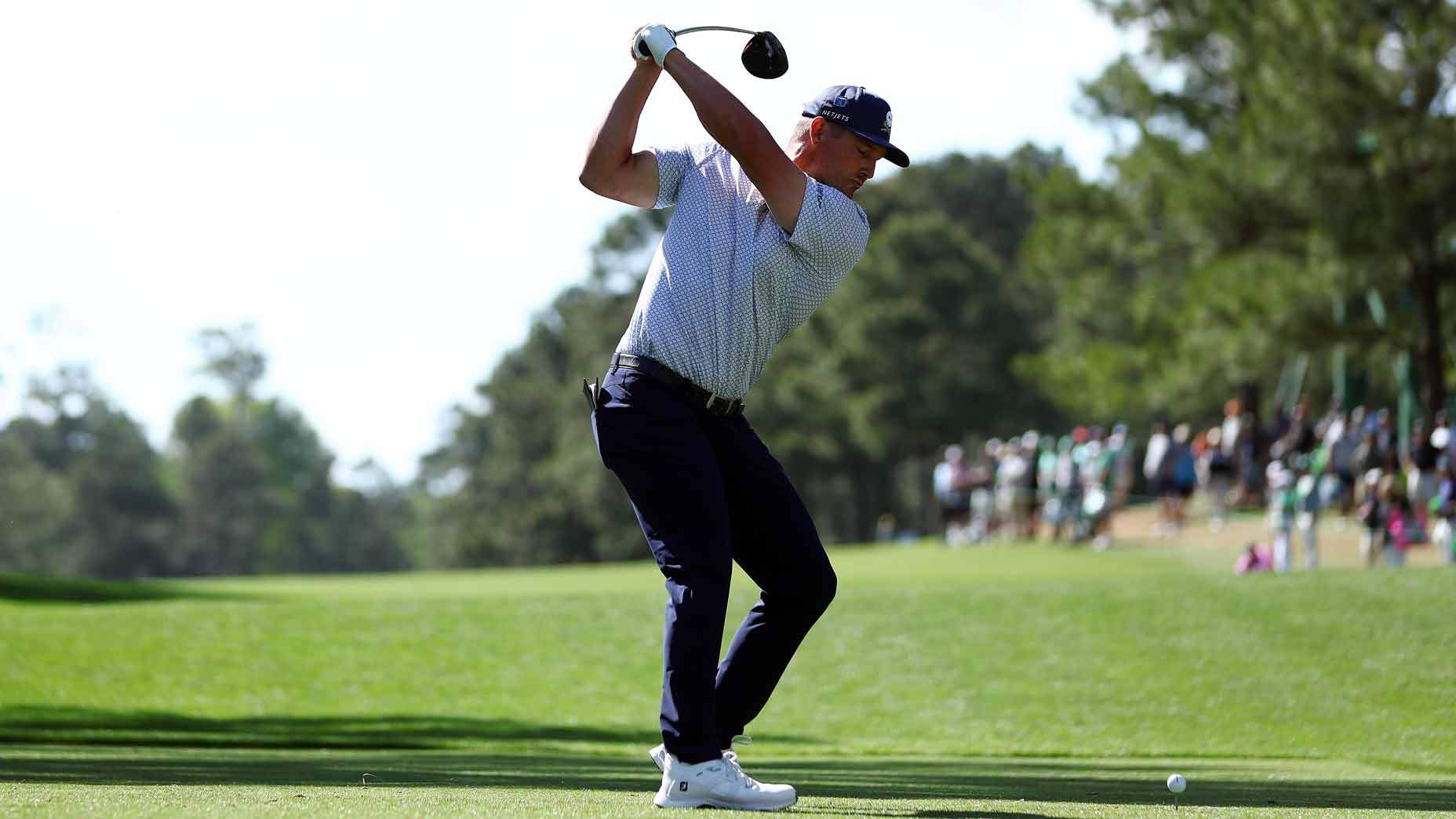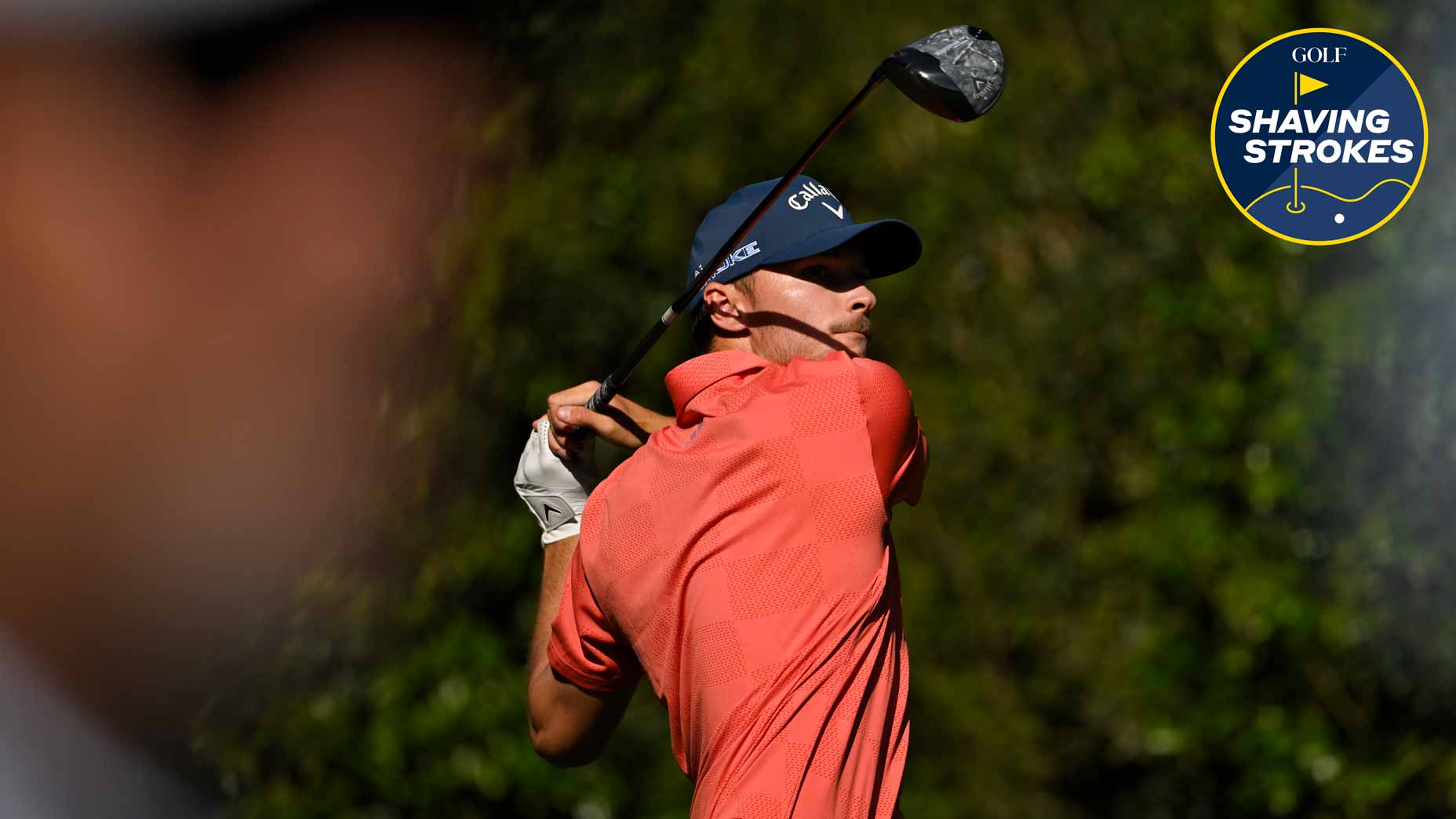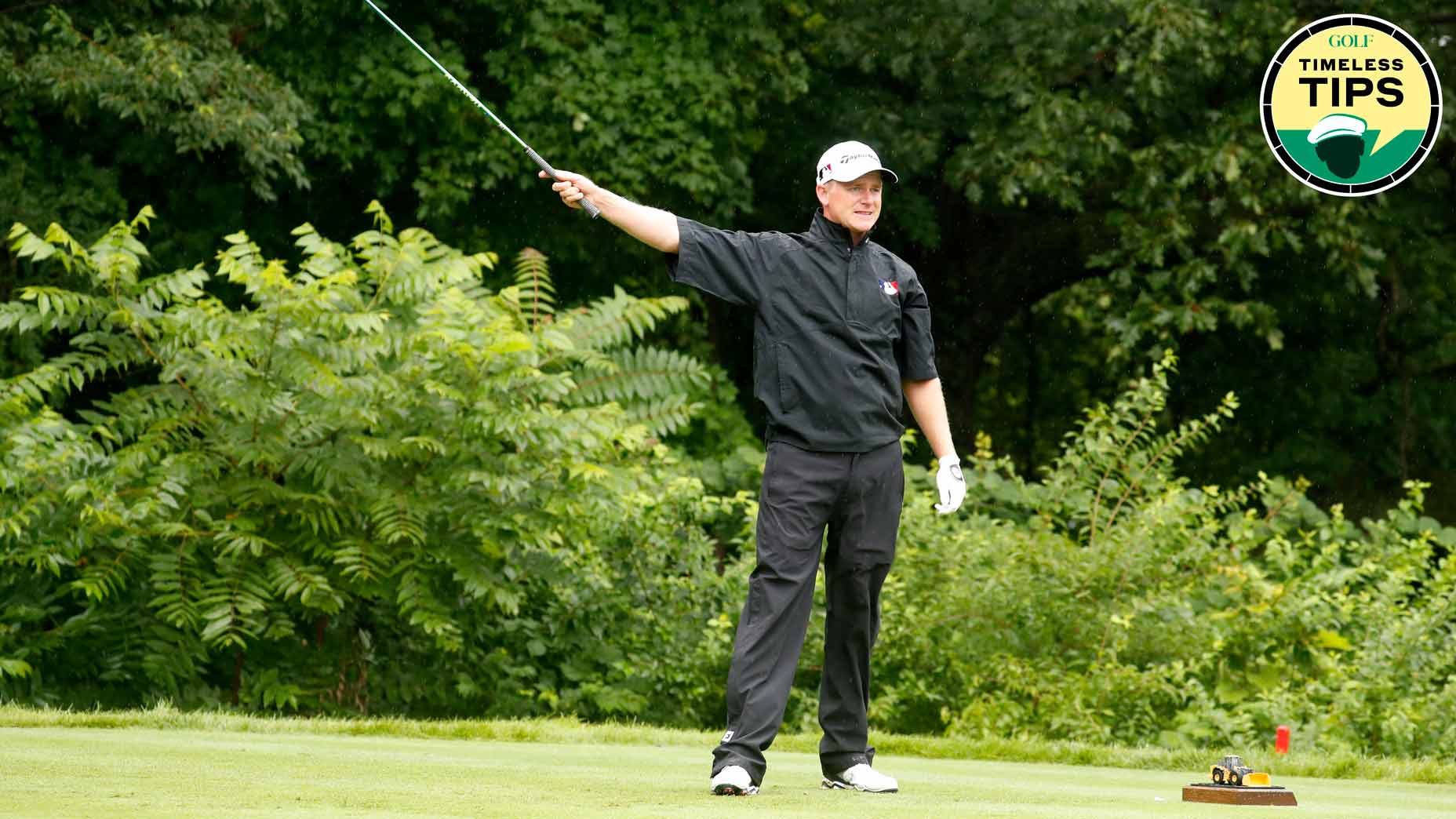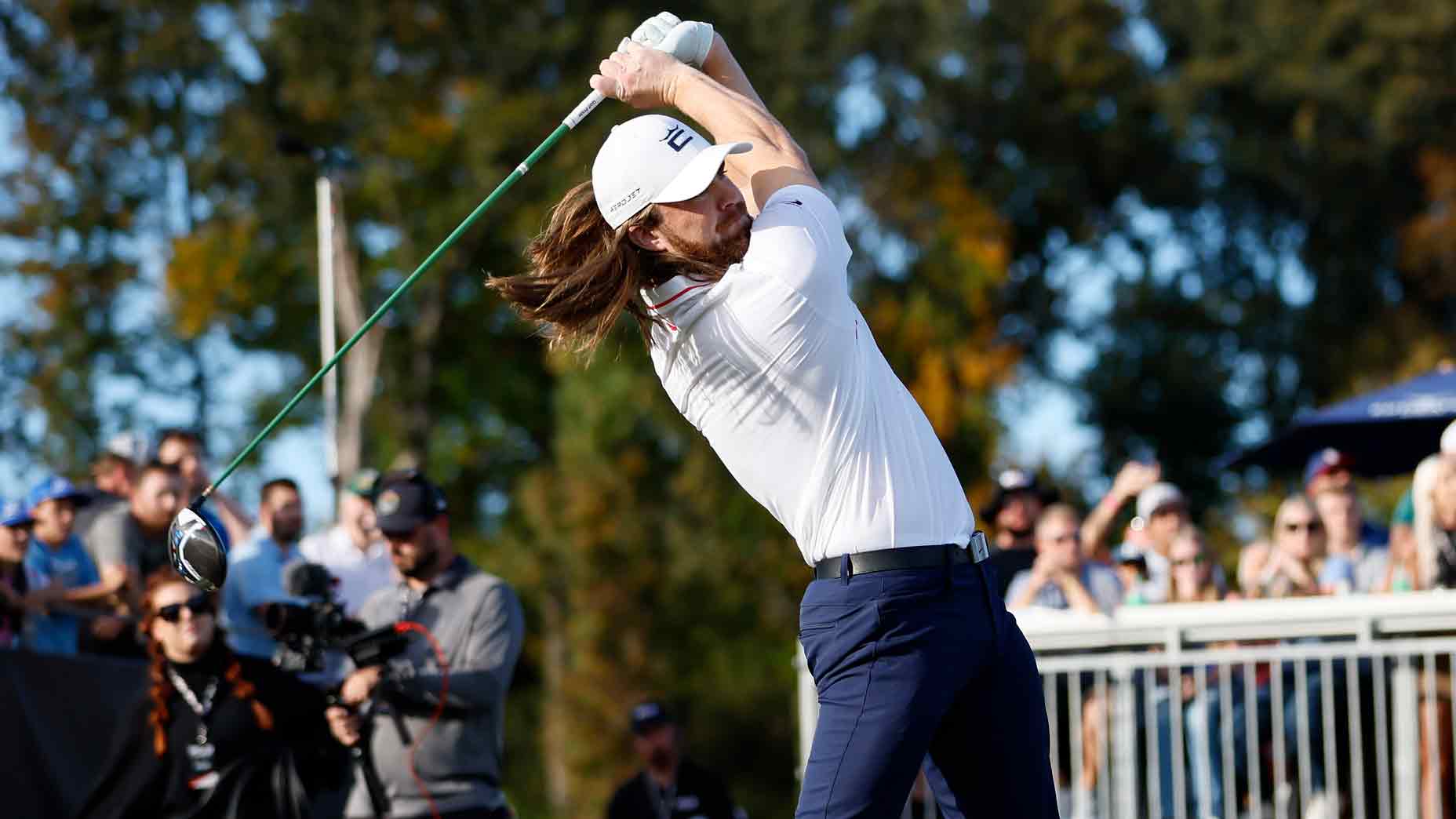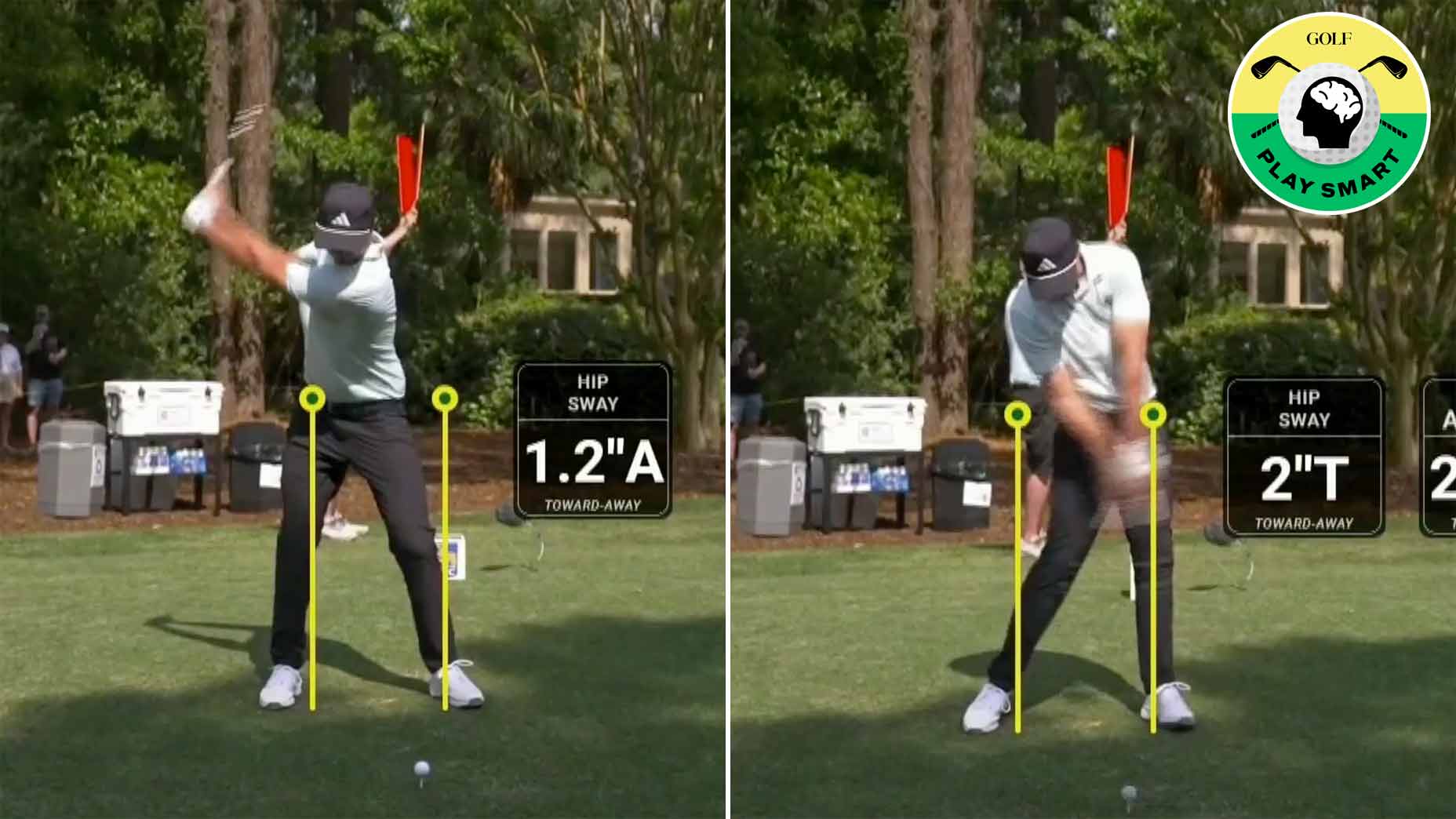 How much should you sway during the swing? Advanced tech shows us
How much should you sway during the swing? Advanced tech shows us
Why you should practice swinging a club one-handed, according to a biomechanist
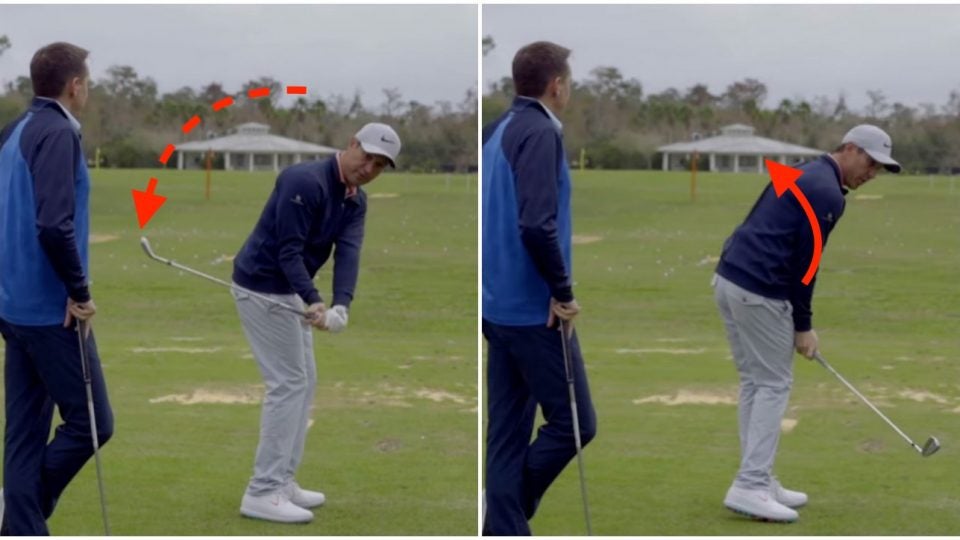
The golf swing isn’t a simple motion. It’s a series of movements and countermovements, with a club that is having forces and torques applied to it that will (hopefully) send the golf ball in its intended direction.
Biomechanist Sasho Mackenzie and GOLF Top 100 Teacher Chris Como are two of the smartest people in golf. Together, they’ve forgotten more about the golf swing than most golfers could dream to know. And thanks to Como’s Golf Channel show “Swing Expedition,” they’re bringing some of that knowledge to a wider audience.
Fair warning: The clip is not for the faint of heart. It’s complicated, for sure, but it’s packed with loads of interesting information.
One of my favorite moments of the most recent show was the pair’s discussion about the movements golfers need to make in order to square the clubface.
It started by addressing the current shallowing trend in the golf swing, which can be immensely powerful, but requires a late, big turn of the torso to move the club into a position where it can square.
Here’s Como demonstrating the “kick out” of the club that’s required.
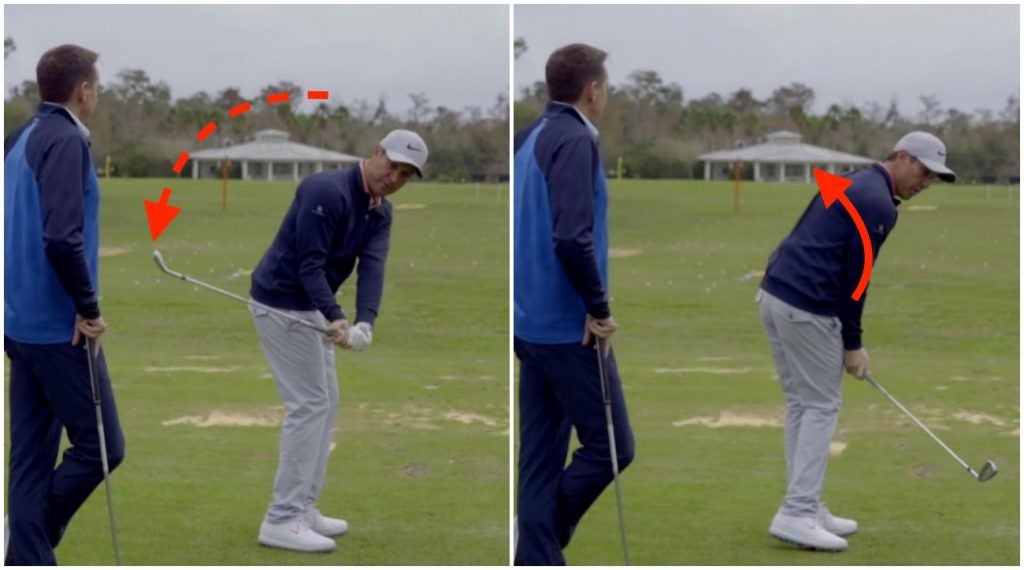
For golfers not physically capable of making that move, or who just want to better understand the relationship between the body and the clubface in the golf swing, Mackenzie recommends a simple drill: One-handed swings using your lead arm.
Immediately you’ll start to better understand the relationship between the clubface, club and body. One-armed swings will also help you use what Mackenzie calls “passive torque” to help square the club without much effort.
“It did not feel like there was any effort to square that clubface,” Como says.
Watch the full clip below.
ADVERTISEMENT
To receive GOLF’s all-new newsletters, subscribe for free here.
ADVERTISEMENT



